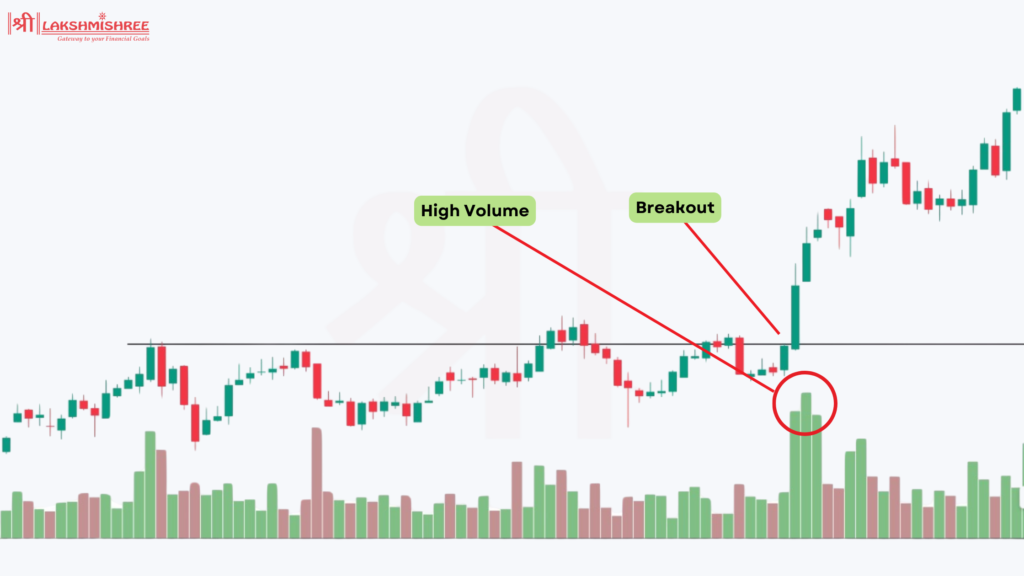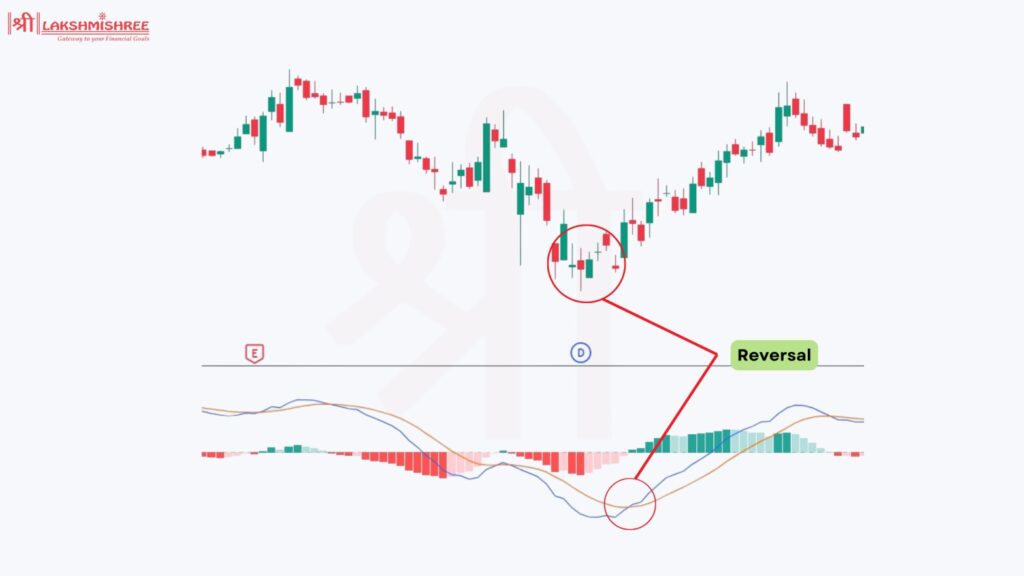
Markets rise and fall, sometimes dramatically in a short time and other times more slowly. This always-changing nature of the market is what makes swing trading so exciting. Swing trading is a popular strategy that helps traders take advantage of short-term price swings in stocks. This approach is especially useful for beginners and experienced traders looking for a profitable swing trading strategy.
In this blog, we'll explore the best swing trading strategies to help you understand how to catch these market swings.
A swing in trading refers to the movement of a stock's price from one peak or trough to another. This can be an upward swing, where the price moves from a low to a high, or a downward swing, where the price moves from a high to a low. Swings are the basis for swing trading, where traders aim to profit from these short- to medium-term price movements within the broader market trend.
Swing trading is one of the most profitable strategies in the stock market. It involves buying and selling stocks to take advantage of short-term price movements, known as swings. These trades can last from a few days to several weeks. Unlike day trading, which involves making multiple trades within a single day, swing trading allows you to hold onto your stocks for a longer period to capture larger price movements.
Here's a practical explanation of how swing trading works:
In simple terms, swing trading is all about taking advantage of the natural ups and downs in stock prices. It requires a good understanding of market trends and technical analysis, but with practice, it can be a highly effective way to make profits in the stock market.

Here are some of the best swing trading strategies that you can use to maximize your profits. These methods are easy to understand and practical, making them perfect for the Indian market.
Trend following is one of the best swing trading strategies for beginners and experienced traders. This trading swing strategy identifies upward and downward trends to maximize profits. This strategy uses tools like moving averages and the Relative Strength Index (RSI) to spot trends.

This strategy involves buying at support levels (where prices typically bounce back up) and selling at resistance levels (where prices tend to drop). Support is the price level where a stock often stops falling and starts rising. Resistance is the level where it often stops rising and starts falling.

Momentum trading focuses on stocks that are gaining momentum, meaning their prices are increasing rapidly. Traders look for stocks that are on the rise and try to ride the wave.

This strategy involves buying stocks when their prices break above resistance levels or selling when they break below support levels. A breakout occurs when a stock's price moves beyond these levels.

Reversal trading means buying stocks when they start to change direction, either from down to up or up to down. This strategy aims to catch the early stages of a new trend.

Consolidation occurs when a stock's price remains within a tight range, indicating potential for a significant price movement once it breaks out. This happens when a stock is "resting" before making a big move.

Using these swing trading strategies, you can effectively navigate the stock market's fluctuations and maximize your profits. Each strategy offers unique advantages, so experiment with different methods to find what works best for you.
Swing trading and day trading differ primarily in the holding period and time commitment. Swing traders hold positions for several days to weeks, aiming to capture medium-term price movements. They typically spend less time monitoring the markets than day traders, who enter and exit multiple trades within a single day, requiring constant attention. While day trading offers the potential for quicker gains, it can be more stressful and time-consuming. In contrast, swing trading provides more flexibility and can be less intense, though it still requires a solid strategy and market analysis.
Swing trading and long-term position trading vary in investment horizon and strategy. Swing traders focus on capturing short to medium-term gains and use technical analysis to identify entry and exit points. They are more concerned with market trends and price action over days or weeks. Long-term position traders, on the other hand, hold positions for months or even years, relying more on fundamental analysis and the overall growth potential of an asset. While long-term trading offers stability and can be less active, swing trading provides opportunities for quicker returns but with increased trading frequency and risk management challenges.
Recognising patterns is essential in swing trading, as they signal potential price movements. Key patterns include the Head and Shoulders, which indicate a reversal when the price breaks below the neckline, and the Double Top and Double Bottom, which suggest resistance and support levels, respectively. The Cup and Handle pattern is a bullish continuation indicator, while Flags and Pennants represent short-term consolidation before a continuation in the trend's direction. Triangles—ascending, descending, and symmetrical—highlight areas of potential breakouts, providing traders with cues on whether to enter or exit positions.
Understanding these patterns allows traders to make more informed decisions and better time their trades, ultimately enhancing their strategy's effectiveness.
Swing trading offers several benefits, making it an attractive strategy for many traders. Here are some key advantages:
1. Flexibility: Swing trading can be done part-time, making it ideal for those who have other commitments.
2. Potential for High Returns: Swing traders can achieve significant gains over a relatively short period by capturing short-term price movements.
3. Less Stressful: Unlike day trading, swing trading doesn’t require constant monitoring of the market. You can set your trades and check them periodically.
Overall, swing trading is one of the most profitable strategies in the stock market, especially for those who want to balance trading with other activities.
While swing trading can be highly profitable, it’s not without risks. Here are some potential downsides to be aware of:
1. Overnight Risk: Holding positions overnight can be risky due to after-hours news or events that can cause significant price changes.
2. Requires Discipline: Successful swing trading requires sticking to your strategy and not letting emotions drive your decisions.
3. Potential for Larger Losses: If a trade goes against you, the losses can be larger compared to day trading due to the longer holding period.
Yes, swing trading can be highly profitable when executed with a proper strategy. The key to success is selecting the best swing trading strategy, managing risks, and analyzing trends effectively. Traders who follow disciplined risk management and technical analysis often find swing trading to be a rewarding strategy.
If you're looking to deepen your understanding of swing trading, diving into some well-regarded books is a great step. Here are the top Swing Trading Strategies Books that can help you enhance your trading skills:
These books provide a wealth of knowledge on swing trading strategies and can significantly improve your trading skills.
Incorporating the best swing trading strategies can significantly enhance your trading success. Swing trading is one of the most profitable strategies for traders looking to capitalize on short- to medium-term stock price movements. Whether you are a beginner or an experienced trader, using the best swing trading strategy can help you maximize your returns while managing risks effectively. Remember, the key is to stay disciplined, manage your risks, and continuously refine your approach.
The best swing trading strategies include trend following, support and resistance trading, momentum trading, breakout trading, reversal trading, and consolidation trading. Trend following and support and resistance trading are the easiest for beginners as they rely on simple technical analysis.
Swing traders often use daily and weekly charts to identify trends and potential entry/exit points. The holding period for trades can range from a few days to several weeks.
Emotional control is key in swing trading. Traders should follow their trading plan, set realistic goals, and avoid making impulsive decisions. Using stop-loss orders and limiting position sizes can also help manage emotional stress.
Select stocks with high liquidity and noticeable price movements for swing trading. Technical analysis helps identify potential entry and exit points. Stay informed about market trends and company news. Prioritize stocks in strong performing sectors to capitalize on market momentum.
Yes, swing trading can be highly profitable if done correctly. By identifying short-term price swings and using technical analysis, traders can capitalize on stock movements over days or weeks. However, profitability depends on risk management, market conditions, and a well-planned strategy.
Disclaimer: This article is for educational purposes only and should not be considered financial advice. Always conduct your research and consider consulting with a financial advisor before making any investment decisions.
